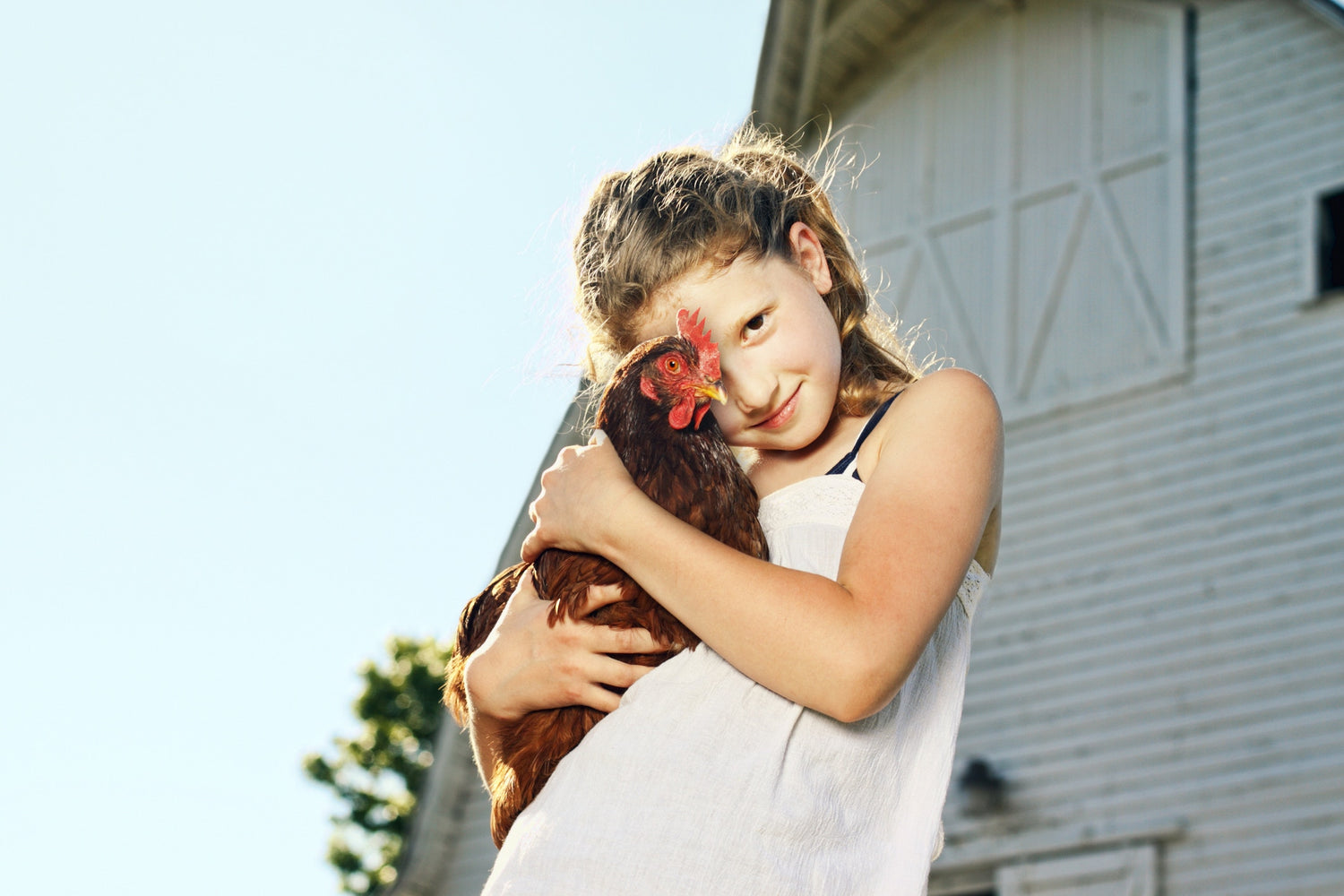It was after dinner, and I was at the sink washing the dinner dishes when my son shrieked. “It’s a raccooooooooooon!” he yelped, jumping up and down in excitement as his eyes bulged. “A REAL RACCOOOOOOOOON!” he trilled. “Huh?” I stumbled back from the sink and looked around the kitchen. “ON THE ROOF OF THE BARN!” His entire body was trembling. I followed his pointed finger and watched the fat, banded critter through the window as my son loudly narrated its every move. When it was gone, I turned to him. “Have you seen a raccoon before?” He looked at me. “Like at the zoo or something?” He stared blankly. “How did you know that was a raccoon?” He smirked as he strutted out of the room. “I just knowed, Mama.” Later that night, as I made a final sweep through the toy room to tidy a few last things, I found a small plastic raccoon, perched atop some blocks arranged in the shape of a barn. It was my turn to smirk, remembering the wildlife set he got in his stocking as I placed the little raccoon back into its bin amongst gray wolves, grizzly bears, and elk. Like most parents, I am in constant awe of what my children learn through their interactions both with the natural world and at play. They are always picking up on tiny details that I miss or fixating on particularities that I find unimportant. Children are the observers of the world. And when it comes to animals and the natural world, I have even more reason to be in awe. Not only does contact with and knowledge of animals, both pets and wildlife, make my kids smarter, but it also makes them healthier.
Physical benefits of animals
The health benefits of pets are well-documented. The Centers for Disease Control and Prevention devote an entire page to the specific health benefits of having a pet, including increased exercise and outdoor activities along with increased opportunities for socialization. What’s more, exposure to pets can actually decrease the risk of developing allergic sensitization into young adulthood. While scientists have not determined the exact relationship between owning a pet and developing allergies, they suspect that high-dose exposure to certain pet danders and allergens triggers a non-allergic immune response. Further, simply being in nature has health benefits as well. In fact, children who are regularly exposed to nature experience decreased stress levels and bolstered resilience for coping with stress.Animals as therapy
Not only can animals prevent children from getting sick, but they can help in treatment, too. Animal therapy has roots going back to the Middle Ages, when doctors in Belgium noticed that patients who rehabbed alongside animals had better prognoses than those who did not. Animals often have a profound calming influence, unlike that achieved through human interaction or companionship. One study found that simply watching fish swim around an aquarium could lower someone’s blood pressure, which might explain the abundance of fish tanks I’ve noticed in doctor’s waiting rooms.Parent Co. partnered with Safari LTD because they know an appreciation for animals and curiosity go hand in hand.
Another study found that petting a dog decreased the stress hormone cortisol in a stressful environment significantly more than resting quietly did. Visits from pet therapy animals have been shown to decrease the stress hormone epinephrine in cardiac patients, and having a pet present decreases heart rate and blood pressure more significantly than having a friend or family member present. The therapeutic benefits aren’t limited to physical symptoms, either. Animal therapy is often used for psychiatric and behavioral therapy as well. Taking care of animals has been shown to increase children’s self-esteem and confidence while helping them to develop empathy and perspective-taking skills. Horse therapy has had proven results for autistic children, improving their subsequent interactions with family pets as well as their general attitude and behavior toward animals. One of the most successful and ambitious programs to incorporate animals into therapy is the Green Chimneys residential program in New York. Here, children aged six to 18, many of whom have experienced extreme neglect or abuse, develop a sense of self-worth as they learn to care for pets, farm animals, and even hawks and falcons. Some children tend to injured animals or go on to become guides or caretakers for the animals when visitors come to experience farm life for a day.Environmental benefits
Our kids aren’t the only ones who benefit from learning about and appreciating animals. Our environment benefits, too. The more students know about local wildlife, the better they absorb ecological lessons about the environment and conservation. This, in turn, leads to a generation more likely to value pro-environmental behaviors. Children who play outside and are exposed to wildlife regularly form emotional attachments that last well into their adult years and translate into pro-environmental behaviors, like recycling and alternative energy use.How to get started
How can a parent set their child up for successful interactions with animals? How do we ensure that the first experiences with a family pet or new wildlife are positive ones? By bringing realistic animal-themed toys and books into the home, parents can introduce both pets and wildlife in a controlled and safe environment. These toys, books, and games can spark conversation, inspire questions about how to act appropriately around new animals, and get your child excited about meeting them. These kinds of toys can even prepare your child for broader lessons. In one study, preschool children who participated in guided play with animal toys were better able to absorb a subsequent lesson about the food chain. You can support your child by role playing how to approach a new animal using realistic animal toys. If it’s a wild animal, this might mean giving the animal plenty of space and not moving erratically. If it’s someone’s pet, it may mean asking permission before you greet it and offering a hand to sniff before petting. Children who talk about and practice new interactions go into them with increased confidence and a higher likelihood of success. Teaching your child different animal names and breeds will build even more interest and confidence around animals. For more ideas about introducing your child to the wide world of animals and preparing them to reap the rewards of a lifelong relationship with nature, check out some of the many free activities and resources available online. Children who care for and about animals enrich their lives physically and emotionally and are more likely to grow up to be stewards of the environment.
Parent Co. partnered with Safari LTD because they know an appreciation for animals and curiosity go hand in hand.



